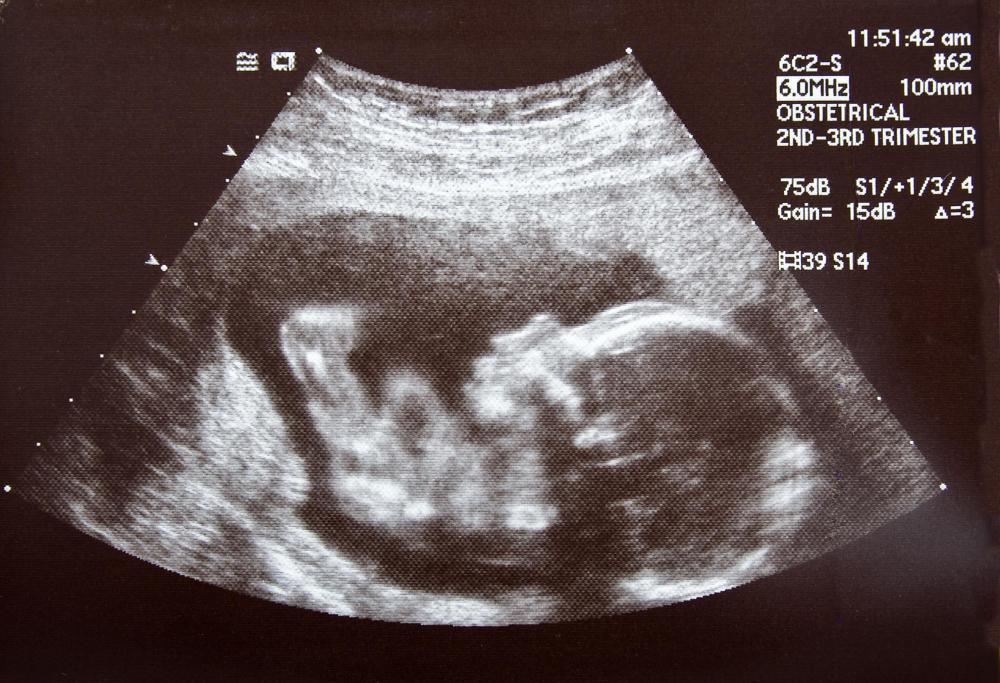At WiseGEEK, we're committed to delivering accurate, trustworthy information. Our expert-authored content is rigorously fact-checked and sourced from credible authorities. Discover how we uphold the highest standards in providing you with reliable knowledge.
What Is Umbilical Blood Flow?
Umbilical blood flow typically refers to the movement of blood through the umbilical cord of a developing fetus. Through this cord, blood circulates in and out of the baby's body to carry oxygen and other nutrients into the body and waste materials back out. This system is vital to the health and life of the developing infant since all components necessary for life are carried through the umbilical cord.
Umbilical blood flow does not mix with the pregnant mother's blood flow. Blood from the fetus flows through the body infusing cells with oxygen until it is depleted. It also picks up waste materials like carbon dioxide. This de-oxygenated blood then makes its way into the placental membrane. The placenta is a flat organ which contains several blood vessels that is attached to the wall of the uterus.

Within the placenta, vessels from the umbilical cord and those from the mother intertwine very close together. Oxygen from the mother's blood diffuses into the umbilical blood flow and waste materials from the fetus enter the mother's bloodstream in the same way. This allows the baby to receive oxygenated blood from the mother while also releasing waste materials.

The umbilical blood flow within the fetal body is different than the blood flow inside of a fully developed infant who has already been born. Since the lungs are nonfunctional, they do not need as much oxygenated blood in order to continue development. For this reason, blood flow bypasses the lungs and liver, which is also not yet functioning, through an opening between the left and right sides of the heart. This opening closes soon after birth once the infant is breathing adequately.

Because the umbilical blood flow is the fetal lifeline, problems within the system of oxygen exchange and waste removal between infant and mother can be fatal to the developing infant. There are various issues which can impact the cord or placenta. The most common problems are placental detachment and prolapsed cord, both of which are potential causes of miscarriage or fetal death.

In some cases the placenta prematurely detaches from the wall of the uterus, either entirely or partially. Sometimes if the detachment is partial, the pregnancy can be saved if the placenta is still connected enough to allow proper blood flow. Another problem which sometimes occurs is prolapse, or a pinched cord. This refers to when the umbilical becomes knotted, collapsed, or twisted and prevents blood flow from occurring properly.
AS FEATURED ON:
AS FEATURED ON:















Discuss this Article
Post your comments